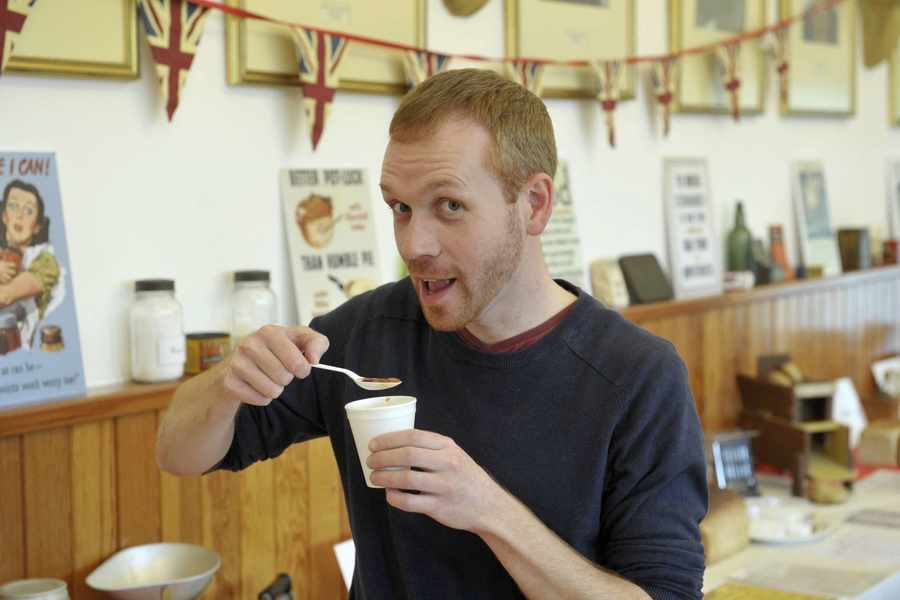Organised by Channel Islands Occupation Society archivist Colin Isherwood as part of the Liberation 70 celebrations, the week-long event also gave visitors the opportunity to sample a range of authentic Occupation-era homemade food and drink.
‘Substitute foods were essential to help bolster ever-dwindling rations during the Occupation,’ says Colin. ‘People were forced to improvise. By 1942, food and general goods were in such short supply that a black market emerged and bartering became the most popular method of obtaining produce or supplies.’
As a result, by 1944 an eight ounce jar of Marmite could sell for as much as £8 – the equivalent of £350 in today’s money. Not surprisingly then, Islanders took to creating their own drinks, preserves, soups and cakes – and it is these that Colin, alongside his parents David and Yvonne, recreated.
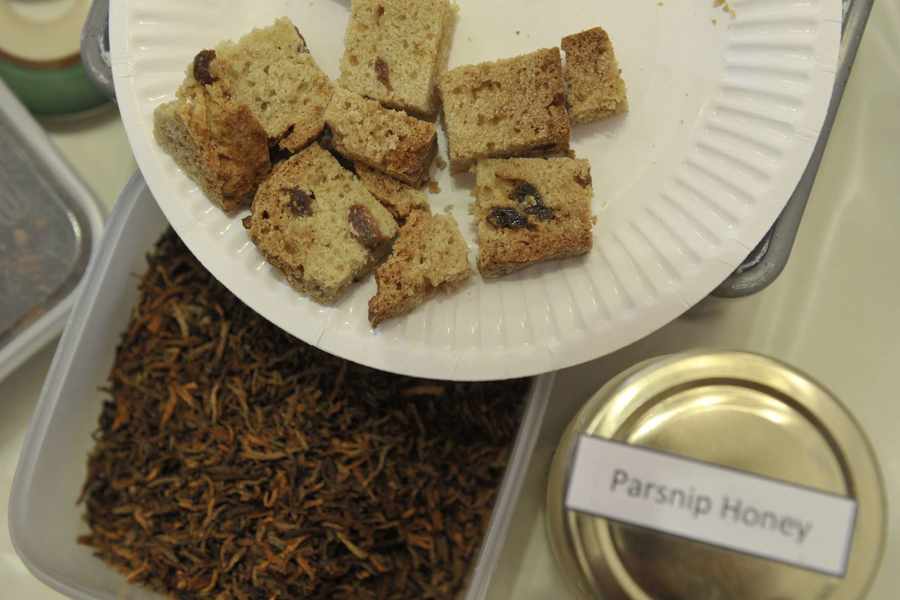
‘We’ve stuck strictly to the same ingredients and preparation methods that Islanders would have used during the Occupation,’ says Colin.
First up: carrot tea. ‘It’s really simple to make,’ says Colin. ‘You grate the carrot, leave it to dry and then roast it. In truth, it doesn’t taste massively different to regular tea. The carrot taste is fairly mild.’
Parsnip coffee, on the other hand, is unlikely ever to be mistaken for a conventional cup of coffee, although it was surprisingly tasty. Or at least so I thought.
‘An old dear tried some earlier,’ says David. ‘Then she turned to me and said, “it tastes exactly the same as it did during the Occupation – bloody awful!”‘
David Isherwood was a young boy during the Occupation and remembers all too well how he and his family used to prepare parsnip coffee. ‘We’d grate the parsnips and then leave them out in the sun to dry out, sometimes for several days. Then we’d stick the gratings in the oven and literally burn them.’
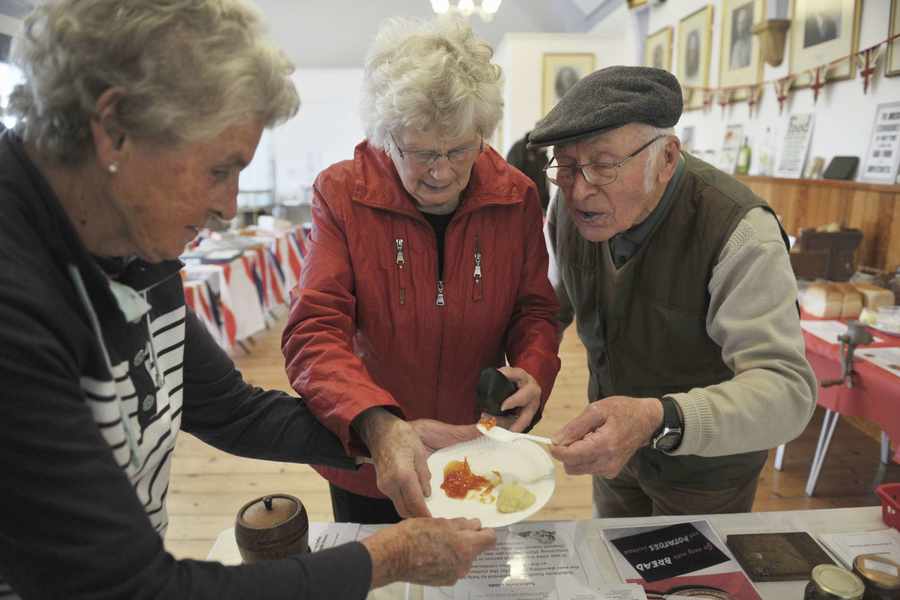
It wasn’t only coffee that inventive Islanders made from parsnips, but honey too. ‘There’s not much more to the honey than parsnip, boiled water, sugar and a tiny bit of ginger,’ says Colin.
As of June 1941, only 1 lb of jam was available on ration, and only then once every eight weeks. Thankfully, Islanders soon resolved to make their own. ‘Again, it’s a simple recipe,’ explains Colin. ‘Grated carrots, boiled water and sugar – that’s it.’
Certainly, a dollop of carrot jam adds some welcome flavour to the milk biscuits I try, which unfortunately taste exactly as you’d expect small baked blobs of flour and fat to taste. Smeared in sugar beet syrup, however, they’re lovely.
‘To make sugar beet syrup we’d get a big turnip, take the skin off and then boil it and boil it for hours,’ says David. ‘Turnips aren’t grown so much these days, not since the 1950s, but they were widespread back then.’
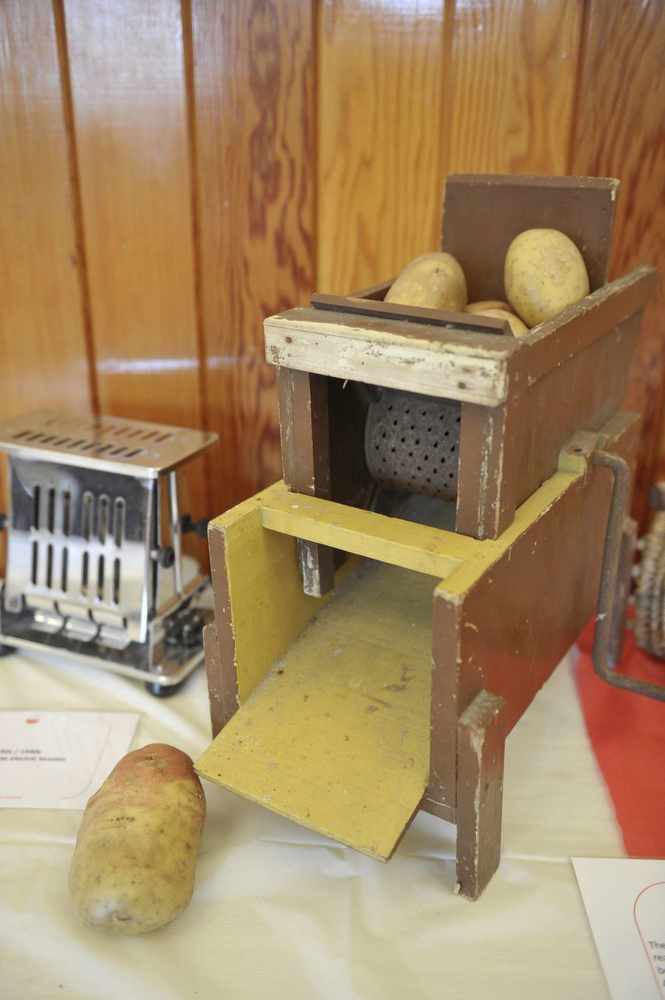
Curry powder was also often added to foods during the Occupation, especially when little salt was available and foods were in need of extra flavouring. One popular meal was curried limpet stew, which Colin and his parents have also made but which, alas, has entirely run out on the day I visit. Tomato soup is on the menu, however.
‘Again, we stuck strictly to the same recipe as would have been used during the Occupation,’ says Colin. ‘To make it, you dissolve Oxo in water with onion and homemade tomato purée and then add a small amount of butter. They’d have had no olive oil back then so the butter would help to melt the onion.’
To my discerning taste buds, the result is every bit as delicious as conventional tomato soup and compensates for the lack of limpet stew. Besides, my experience is only in keeping with life under the Occupation when seafood was similarly hard to come by.
‘There were so many fishing restrictions in place that seafood was only a small part of an average Islander’s diet,’ says Colin. ‘Germans were concerned that civilians would try to escape and so fishermen weren’t allowed to take their boats out beyond one and a half miles from shore without an escort.’
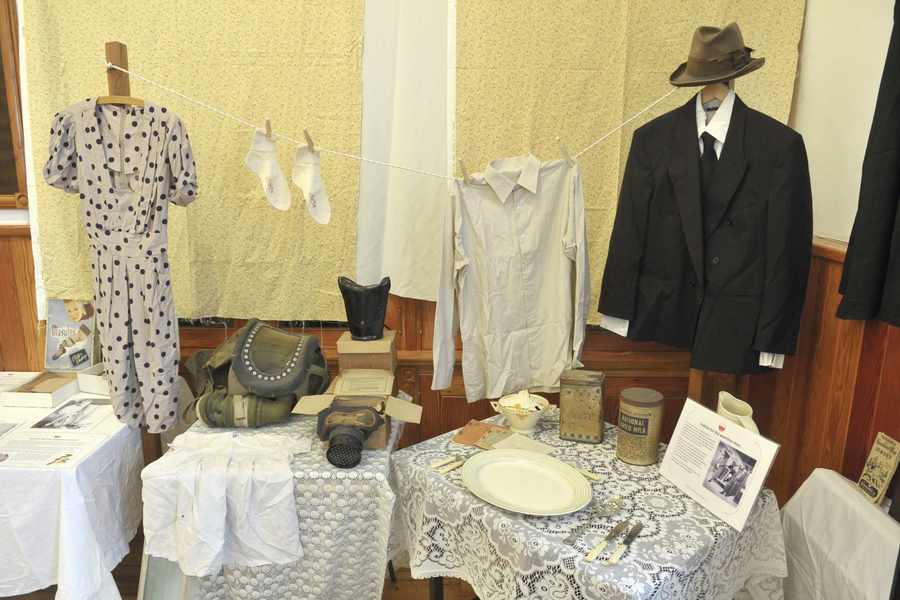

In addition, permits were granted only to married men who had no relatives or children on the mainland, while 20% of everything caught had to be handed over to the German authorities.
‘Rod fishing was allowed, but only on certain days and at certain times,’ says Colin. ‘When the beaches were open and the tides were low, sometimes sand eels, razor-fish and cockles could be found.’
Before leaving, I sample some golden cake and sponge cake, both of which are dry but surprisingly flavoursome (recipes below).
‘You have to remember that there were no eggs,’ says Colin, ‘so instead people would use soda and a tablespoon of vinegar to make the cake rise.’
Although I wouldn’t want to have to survive solely on such foods for five years (worth remembering that, by the end of the Occupation, an adult in Jersey was consuming just 1,137 calories per day compared to an average of 3,500 calories per day on the mainland), I have nevertheless been surprised by the general pleasantness of the food and drink on offer. More than anything, it’s a testimony to the inventiveness and resourcefulness Islanders displayed in the face of wartime hardships.
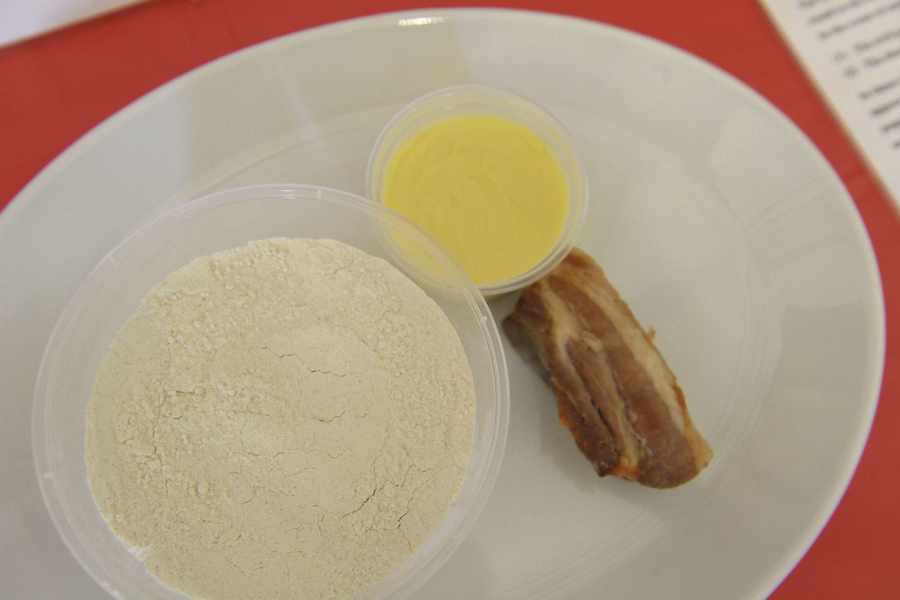
Here are weekly food rations from around the beginning, middle and end of the Occupation
As is apparent, by the end of the Occupation, supplies had become perilously low.
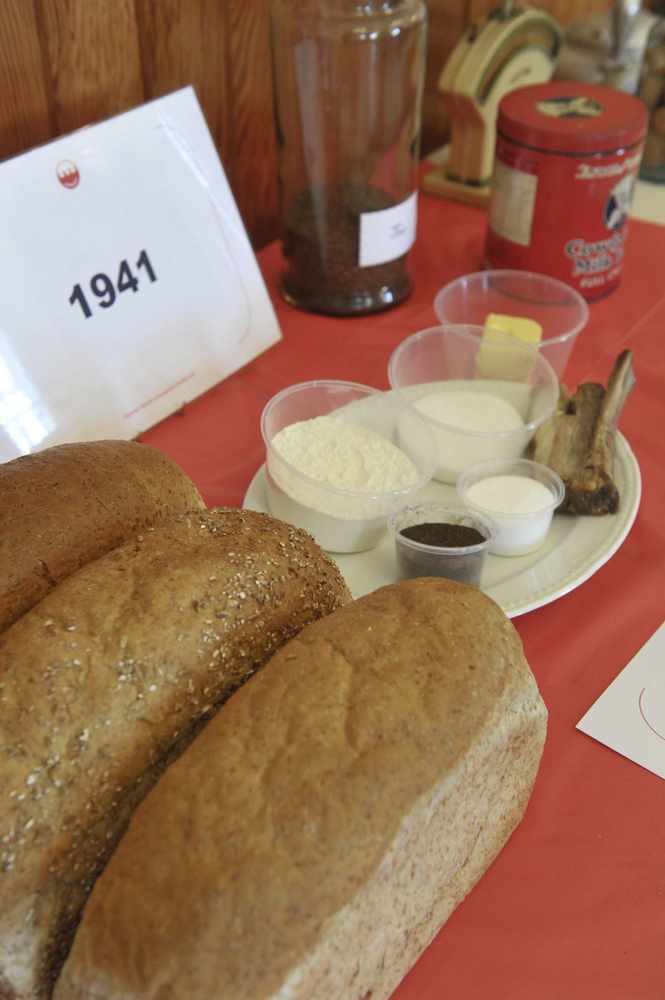
1940
4 oz butter or margarine
4 oz cooking fat
8 oz flour
4 oz sugar
2 oz salt
2 oz tea
12 oz meat
1943
2 oz butter or margarine
Nil cooking fat
7 oz flour
3 oz sugar
2 oz salt
Nil tea
4 oz meat
5 lb bread
1945
Nil butter or margarine
Nil cooking fat
7 oz flour
Nil sugar
Nil salt
Nil tea
2 oz meat
Nil bread
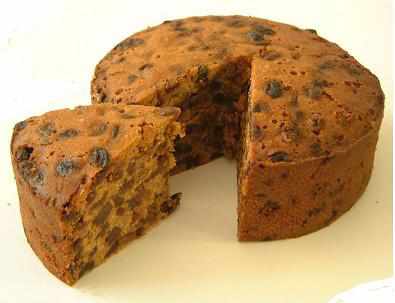
Golden Cake
Ingredients:
½ lb flour
2 oz. fat
3 oz. sugar
½ teacup of milk
Salt
2 oz fruit
2 tbs syrup
½ tsp spice
½ tsp bicarbonate of soda
Method:
Mix flour, spice, salt, rub the fat in lightly, mix sugar and syrup. Mix the soda in the milk, stir into the other ingredients, beat well. Bake in moderate oven for about one hour.
Sponge Cake
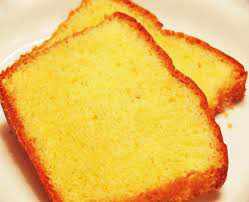
Ingredients:
2 large cups of flour
½ cup sugar
1 heaped tsp baking powder
½ tsp bicarbonate of soda
1 tbs vinegar
Pinch of salt
Flavouring
Method:

